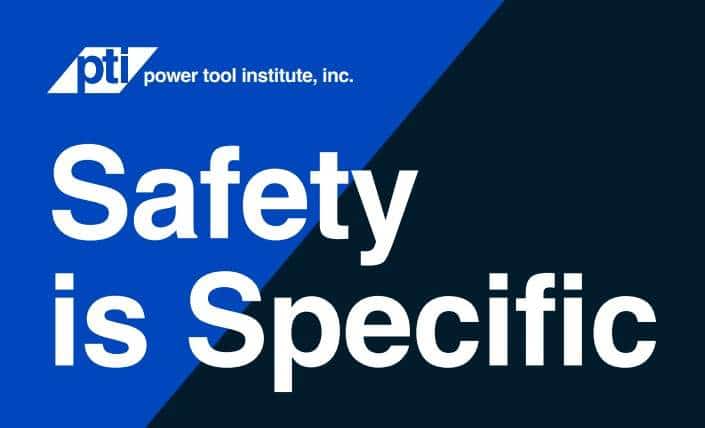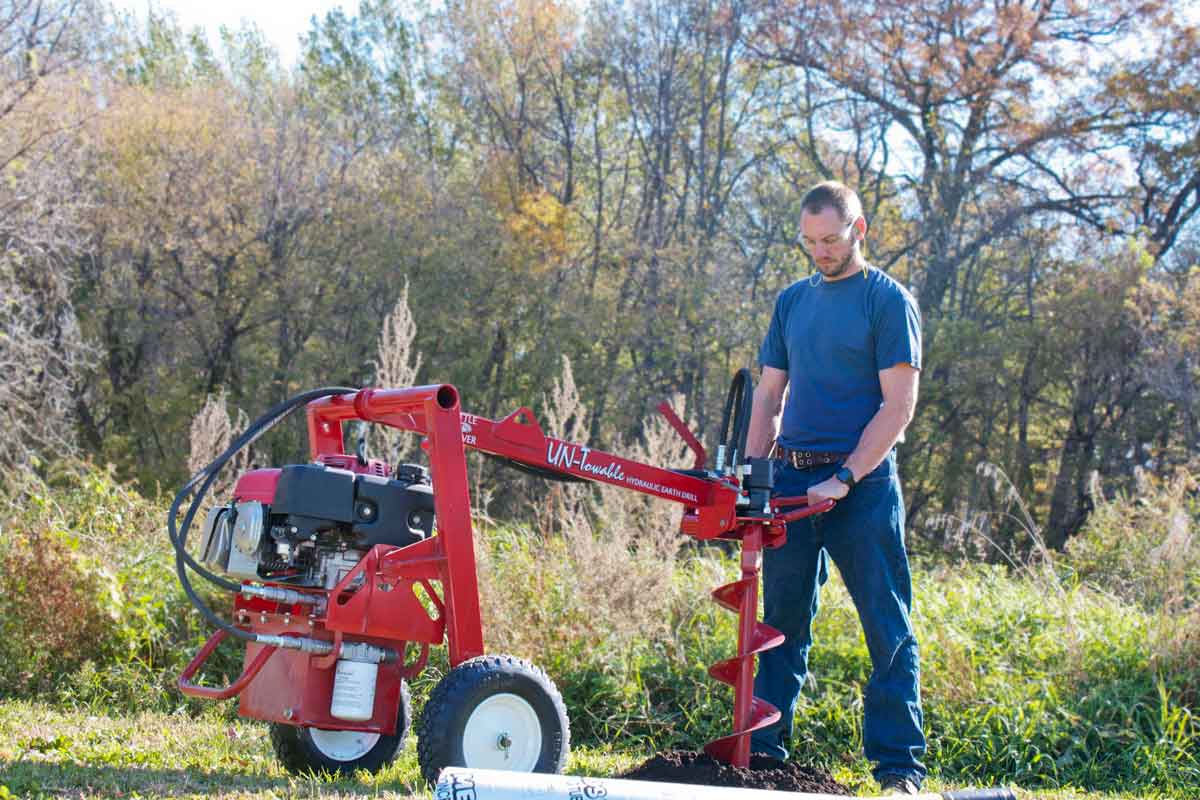A Dozen Factors to Consider when Welding in the Field
Welding isn’t easy. Field welding adds an even greater level of difficulty with wind, airborne contaminants, moisture, etc. To help, we’ve compiled some of the most common challenges and errors encountered in field welding repair and fabrication — a good refresher for old pros and some potential tips here for first-timers/newcomers. It can’t be stated enough: Many repairs of construction equipment must be completed by a trained professional and in many cases a dealer/OEM-certified welder, in order for equipment to remain within the parameters of the warranty and to ensure the safety of the operator and surrounding workers. Having said that, we know both trained professionals and in-house maintenance staff make field welds every day. This article doesn’t serve as a replacement for training, but merely as a best-practices resource for all.
1. Not Understanding Why the Failure Occurred
One of the first steps to take before making any field repair is made is to understand why the failure occurred in the first place. We often treat a failed piece of steel as the problem when in fact it may just be a symptom of something bigger. “Did it fail from simple fatigue? Or was it misused and operated in the wrong environment?” asks Keith Sheffer, global business director for heavy fabrications at Lincoln Electric. “Is there any future changes in behavior in terms of using the product to prevent it from failing in the future? Oftentimes, these failures do come from misuse or misapplication. Asking these questions also can have significant safety implications as well.” In other words: Failed steel may not be the only issue. This may be an opportunity to examine how that piece of equipment is used and coach operators on corrective measures.
2. Incorrect Filler Metal Storage
“The No. 1 mistake when storing filler metals is to place them where they could be exposed to moisture,” says Bruce Morrett, product manager — stick electrode division, Hobart. “This is the single most damaging element for these products. Moisture can lead to the introduction of hydrogen into the weld pool, resulting in the potential for hydrogen-induced cracking. In addition, damage caused by moisture will typically void warranties provided by filler metal manufacturers. It’s equally important to store filler metals away from oil, grease and dust from cutting or grinding processes, all of which can cause damage and lead to poor weld quality.”
3. Incorrect Filler Metal Handling
Always remember that, when handling welding materials, every bit of dirt and grease can transfer to the filler metal when touched with bare hands. “Moisture, oil and dirt will adhere to the product and enter the weld pool, causing contamination,” says Morrett. “Clean gloves are always recommended when removing stick electrodes from cartons or a wire spool from a sealed package.” There’s also a temperature component to consider: It’s always good to let a filler metal acclimate to the ambient temperature before making a weld.
“Wire that has been exposed to colder temperatures should be allowed to acclimate to within 10 degrees Fahrenheit of the welding area before being used,” says Morrett. “Doing so prevents condensation should the package be opened in a warmer environment.”

Rarely does something break down in the comfort of an environmentally controlled garage. Luckily, self-shielded processes such as stick and self-shielded flux-cored are largely resistant to wind.
4. Selecting the Right Equipment
All welding equipment and processes are not made equal. Generally, thinner materials will weld at lower amperages. Thicker material requires higher amperages. It’s never as simple as just “throwing a weld on it. It’s important to understand what type and thickness of materials will be welded and to match the equipment and consumables with the materials,” says Jim Brook, welding engineer, Miller Electric Mfg. Co. “For example, using a machine with a lower range of 65 amps is likely not the best option when welding thin material — an application that may require the need to go down to 40 amps.”
5. Choosing the Type and Diameter of Filler Metal
Related to No. 4, the welding rod/wire needs be the right type of filler metal for the repair, and it needs to be the right size to accommodate the current put out by the welder while also matching up well with the weld joint itself. Too large of a filler can blow through thinner material. Conversely, too small of a filler can require the welder to make many passes and waste time. Ultimately, most of this work will be done with self-shielded processes (stick and flux-cored), but regardless of process or filler type, the process of selecting the right filler metal with the base material is critical. “If the design calls for the use of high-strength, low-alloy steel filler metals and you come in with something that puts down a mild steel deposit, you’re going to end up not only introducing the possibility of a premature failure, but you could also introduce a safety issue because now you’ve put this thing into service, and it’s not performing well in its design envelope,” says Sheffer.
6. Correct Cable Sizing and Length
Weld cable size and length affect weld quality. Too small of a weld cable (in diameter) can constrict the current in high-amperage applications. How that cable is laid out from the welder to the work area also plays a role in weld quality. “With longer cables, there may be a tendency to leave the cable coiled up, which can lead to inductance and added resistance in the welding circuit,” says Brook. “It’s important to keep welding cables strung out and not coiled up and to ensure that the cables are the proper size for the job at hand. It’s also important to check frequently to ensure that cable connections are tightened and cleaned.”
7. Don’t Ignore the Wire Feeder
“Wire feeding issues can be a common problem when MIG welding or self-shielded flux-cored welding the field,” says Brook. “These can be caused by a variety of things, including improper drive roll tension or consumables, such as liners or contact tips, that may need to be replaced. Owner’s manuals are a great source of information on proper wire feeding and tips on drive roll selection.”
8. Not Cleaning the Surface
Much like handling filler metals, the condition of the weld joint and how it’s handled can affect the quality of the weld. Welding outdoors, especially on equipment, introduces dirt, grease, paint, moisture — all elements that can weaken the final weld. Properly cleaning and preparing the weld joint is critical. Giving it a fresh grinding will take care of most of the issues, but wiping it clean will also improve quality. “7018 is probably one of the better ones, but as you get into some of these other filler metals that are not low hydrogen stick electrodes, or if you get into some of the semi-automatic processes where you have less heat input and whatnot, you can introduce all kinds of problems if the surface is not properly cleaned prior to welding,” says Sheffer.
9. Taking the Environment Conditions into Consideration
Field repairs get their name because they happen … in the field. Rarely does something break down in the comfort of an environmentally controlled garage. Self-shielded processes such as stick and self-shielded flux-cored are largely resistant to wind, but other processes are more susceptible to environmental influence and may require additional considerations. “If you’re using a 7018 electrode, [you’ll be fine in most environments],” says Sheffer. “If you’re using gas-shielded processes, where you’re relying 100 percent on an external gas shield to keep the puddle from creating porosity or other defects, you need to take whatever measures are necessary to ensure that you have good shielding, whether it be curtains, tarps or building structures. If you can’t provide shielding in those manners, then you really don’t have any other option than to go with a self-shielded type process.”
10. Using the Right Material for Hardfacing
Hardfacing is a common repair that is very similar to standard welding. It involves the addition of steel, often through a self-shielded flux-cored process, to worn surfaces on equipment: excavator bucket liners, teeth, cutting edges on blades and buckets, etc. It’s important that filler metals specifically designed for hardfacing are used in this application. “There are specific types of filler metal designed for hardfacing applications to help ensure toughness in the resulting weld,” says Brook. “Equipment used for hardfacing — including the welding gun — also must be high output and offer high duty cycle capabilities.”
11. Remove the Entire Crack/Failure
It’s critical to remove the entire crack or failed area from the structure. Think of it as a cancer: If the entire cancer is not removed or eradicated, it can come back again. Each crack should be ground or gouged out until the welder can confirm that the failed area is entirely removed. This can be confirmed visually, or dye penetrant can be used to confirm that the entire crack or flaw has been removed.
12. Preheating May Be Required
The collision of extreme heat and cold can weaken or damage steel, or if a weld cools too quickly, it can be subject to embrittlement and cracking. For some field welding repair applications, applying a pre-heat to the weld may be required. This can be as simple as heating it with a rosebud tip on a propane torch or, in thicker assemblies, applying induction heating or other comparable heat sources.
“There are some steels used in earthmoving and construction equipment that are high-strength or high-carbon materials. Some of the manufacturers do require a preheat and interpass temperature used in the repair of these items,” says Sheffer. “When preheat is required is a question for a different article; however, when in doubt there are excellent preheat calculators available to help determine if and how much preheat is required. Lincoln has one for $8. If you aren’t sure, get the calculator. It could be the best $8 you spend.”




Comments are closed here.